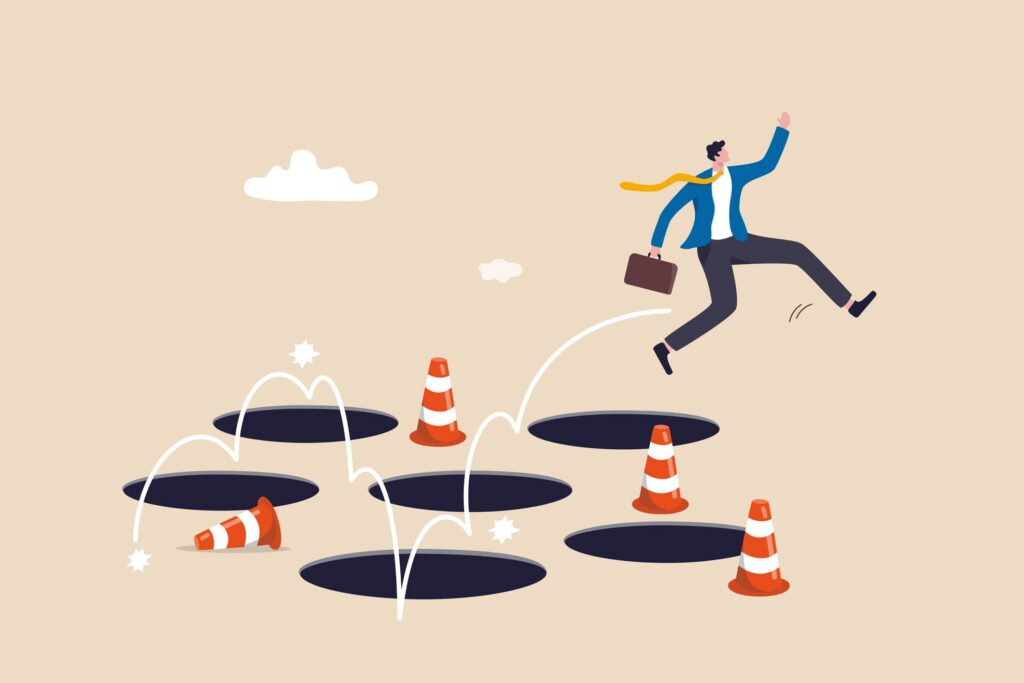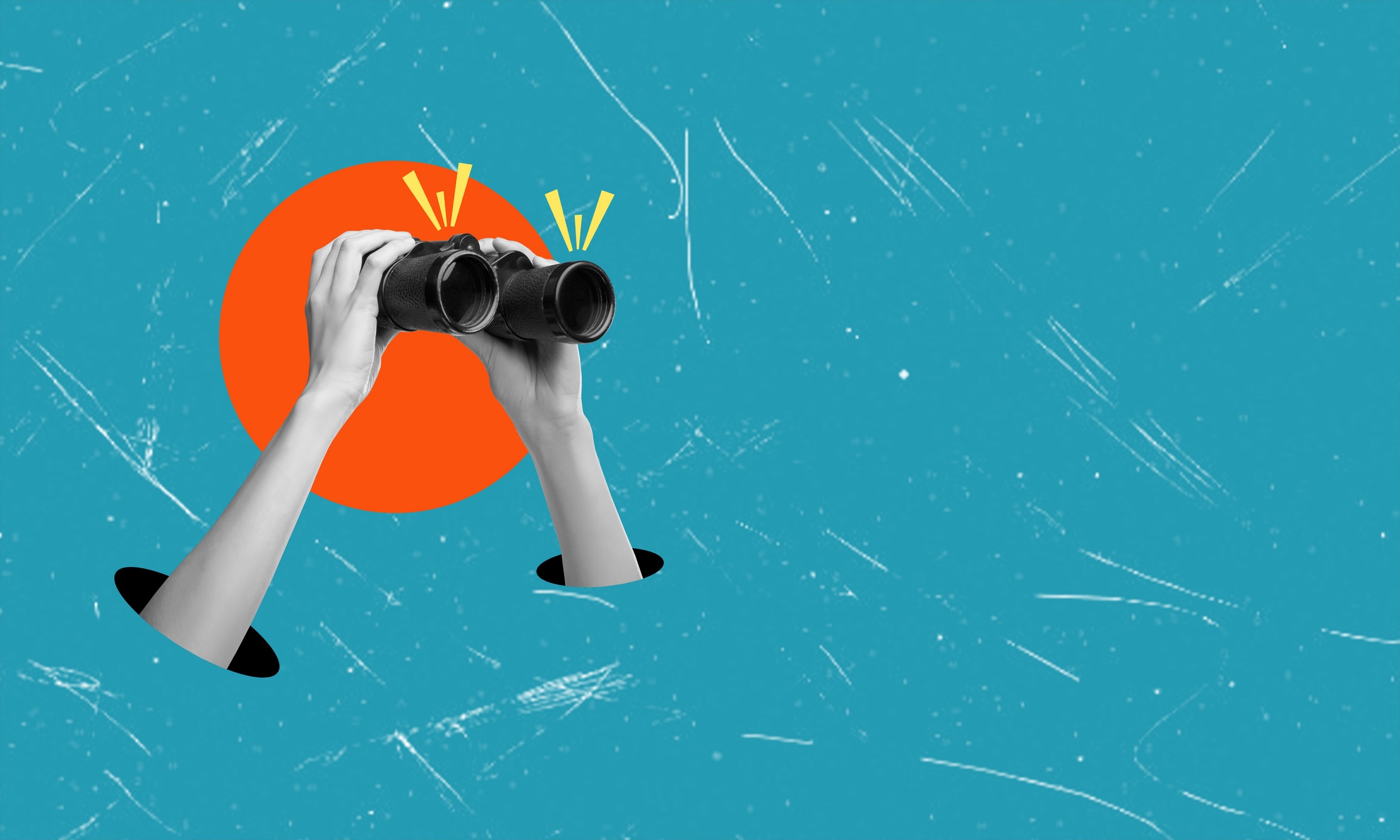The graveyard of failed startups is as vast as it is deep. My first startup failed. It died a slow and painful death, and for a long time, I blamed the usual suspects: not enough capital, a co-founder split, you name it.
But the real reason was simpler and much harder to admit: I built something nobody wanted. I was so in love with my solution that I didn’t talk to a single user before we launched.
Most founders, driven by passion and a clear vision, fall into the trap of building something they think users need without doing the most important exercise in startup building: talking to users. Or, more specifically, product discovery.
At the same time, you can talk to users all you want and still be misguided if you aren’t doing it correctly.
This playbook will give you a tried-and-tested method for effective product discovery, so you can build a product people will actually use and love.
Understanding What Product Discovery Really Is
Product discovery isn’t about writing specs or building wireframes. It’s about reducing uncertainty. Your job is to figure out:
- Who your customer really is
- What problem matters most to them
- Why your solution is the right one (and why now)
- Whether they’ll pay, switch, or care
Think of it like detective work. You’re collecting evidence until you’re confident enough to make a bet – then testing that bet in the market.
Step 1: Fall in Love with the Problem, Not Your Solution
The biggest mistake we can make as founders is to be blinded by our own brilliant ideas. Instead of building what we think customers want, we need to obsess over their problems. Early on, you want real qualitative feedback, this matters more than anything else.
Get out of the building: You can’t understand your customers from behind a screen. Go where they are, whether that’s online forums, industry events, or local meetups.
Conduct customer interviews: Talk to at least 20-30 potential customers. The goal here isn’t to pitch your product but to listen.
Observe their workflow: Sometimes what users do is more revealing than what they say. If possible, watch them navigate their current process. You’ll spot inefficiencies and frustrations they might not even think to mention.
This is why founders with deep domain expertise often have a head start. Their professional life has been a form of built-in product discovery, giving them an intimate understanding of the problems before writing a single line of code. For the rest of us, we have to earn that expertise.
Asking the Right Questions

Your success in this phase depends entirely on the quality of your questions. Avoid simple yes/no questions or leading questions about your solution. Instead, ask open-ended questions that draw out stories, frustrations, and motivations.
Here are some questions that can draw out interesting answers:
- “Can you walk me through the last time you dealt with [the problem area]?”
- “What’s the hardest or most frustrating part of that process?”
- “What, if anything, have you done to try to solve this problem?”
- “How are you currently handling this? What tools or workarounds are you using?”
- “What do you like and dislike about those current solutions?”
- “If you had a magic wand, what would your ideal solution for this look like?”
- “Have you ever tried to find a better solution? What was that search like?”
- “What’s the budget for solving a problem like this?”
- “What happens if you don’t solve this problem?”
- “Who else on your team is affected by this, and how?”
Step 2: Define and Prioritize
Once you’ve talked to enough users, you’ll start to see patterns in their pain points. Now it’s time to focus. You can’t solve everything for everyone, so you need to decide which problem to tackle first.
Create user personas: Based on your research, create 1-3 user personas that represent your ideal customers. This will help you stay focused on who you’re building for.
Map the user journey: For each persona, map out their current experience with the problem. Where do they struggle the most? Where are the biggest opportunities for improvement?
Formulate a hypothesis: Turn your biggest opportunity into a clear, testable hypothesis. For example: “We believe that by creating a centralized platform for freelance project management, we can help solo entrepreneurs save 10+ hours per week on administrative tasks.”
Step 3: Ideate and Prototype
Now for the fun part: coming up with solutions. But before you write a single line of code, you need to validate your ideas with real users.
Brainstorm solutions: With your team, brainstorm as many potential solutions as you can. Don’t be afraid to think outside the box.
Create low-fidelity prototypes: You don’t need a polished product to get feedback. Use simple tools like Figma, or even just pen and paper, to create a basic prototype of your solution.
Test your prototypes: Get your prototype in front of potential customers. Watch how they interact with it. Is it intuitive? Does it solve their problem? This is where you’ll get the most valuable feedback.
Step 4: Learn and Iterate
Product discovery is not a one-time event, it’s a continuous cycle of learning and iteration.
Analyze the feedback: What did you learn from your prototype testing? What are the biggest takeaways?
Iterate on your solution: Based on the feedback, refine your prototype and test it again. Keep iterating until you have a solution that truly resonates with your target audience.
Build a Minimum Viable Product (MVP): Once you’ve validated your solution, it’s time to build an MVP. The key here is “minimum.” Your MVP should have just enough features to solve the core problem for your early adopters.
Common Mistakes to Avoid

Confirmation Bias: Don’t just listen for what you want to hear. Actively challenge your own assumptions and listen for evidence that you might be wrong.
Proposing Your Solution Too Early: Avoid the temptation to say, “What if there was an app that did X?” This leads people to be polite rather than honest. Let them describe their problem and ideal solution first.
Only Talking to Friends and Family: Your network is a great starting point, but friends and family are biased. They love you and will likely tell you your idea is great. You need brutally honest feedback from impartial strangers.
Ignoring Cultural Nuances: If you’re talking to users from other countries, be aware that different cultures have their own ways of communicating. What might be direct feedback in one culture could be considered rude in another, affecting the answers you get.
Discovery Never Ends
Product discovery isn’t just a phase you complete before you build. Make talking to users a weekly routine, even after you’ve launched.
Yes, you’ll eventually ship your MVP. You’ll onboard your first paying users. Maybe you’ll even raise funding. But none of that means you’re “done” with discovery. In fact, that’s when it matters even more.
Why? Because your users will evolve. New segments will emerge. Markets will shift. What was painful yesterday might not be tomorrow. And what was a nice-to-have could become mission-critical.
You can use Mixpanel, Amplitude, and all the fancy app analytic tools, but they tell you what users are doing, not why. Nothing replaces talking directly to your users to understand their evolving needs.
This continuous feedback loop is the engine that drives you toward product-market fit and beyond. That’s how great products start. Not with a perfect plan, but with a sharp focus, a tight feedback loop, and a willingness to learn fast.
So keep discovering. Always.







